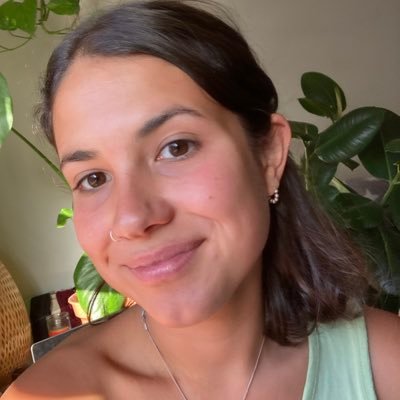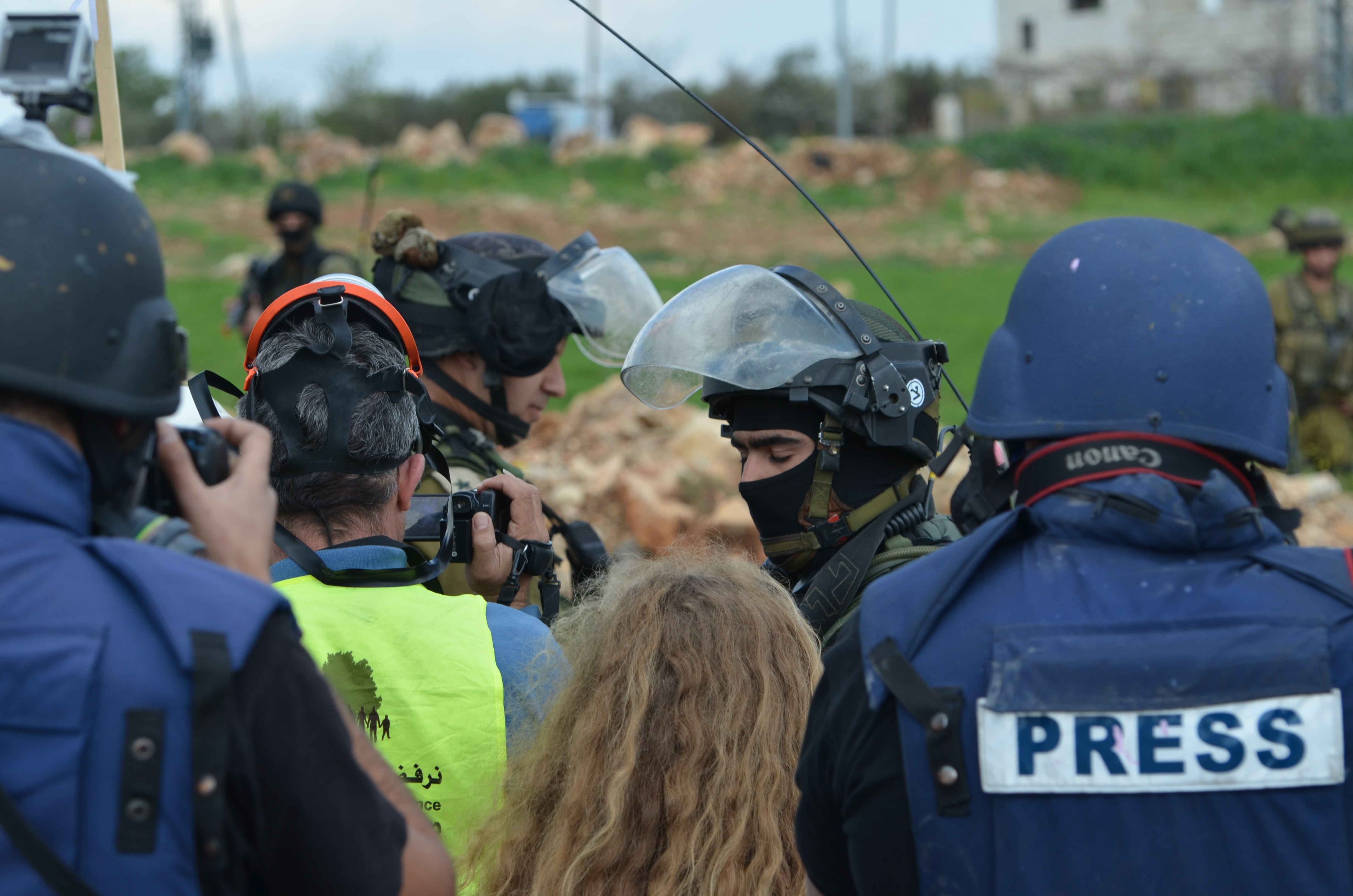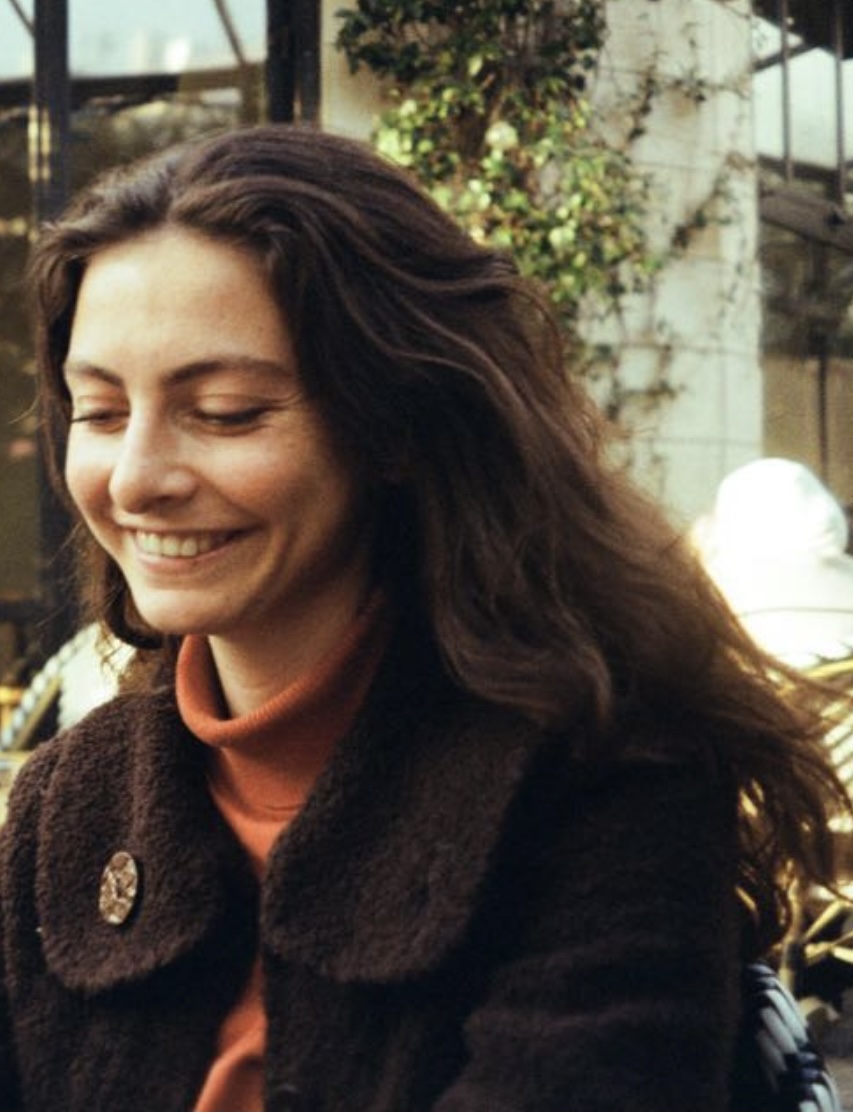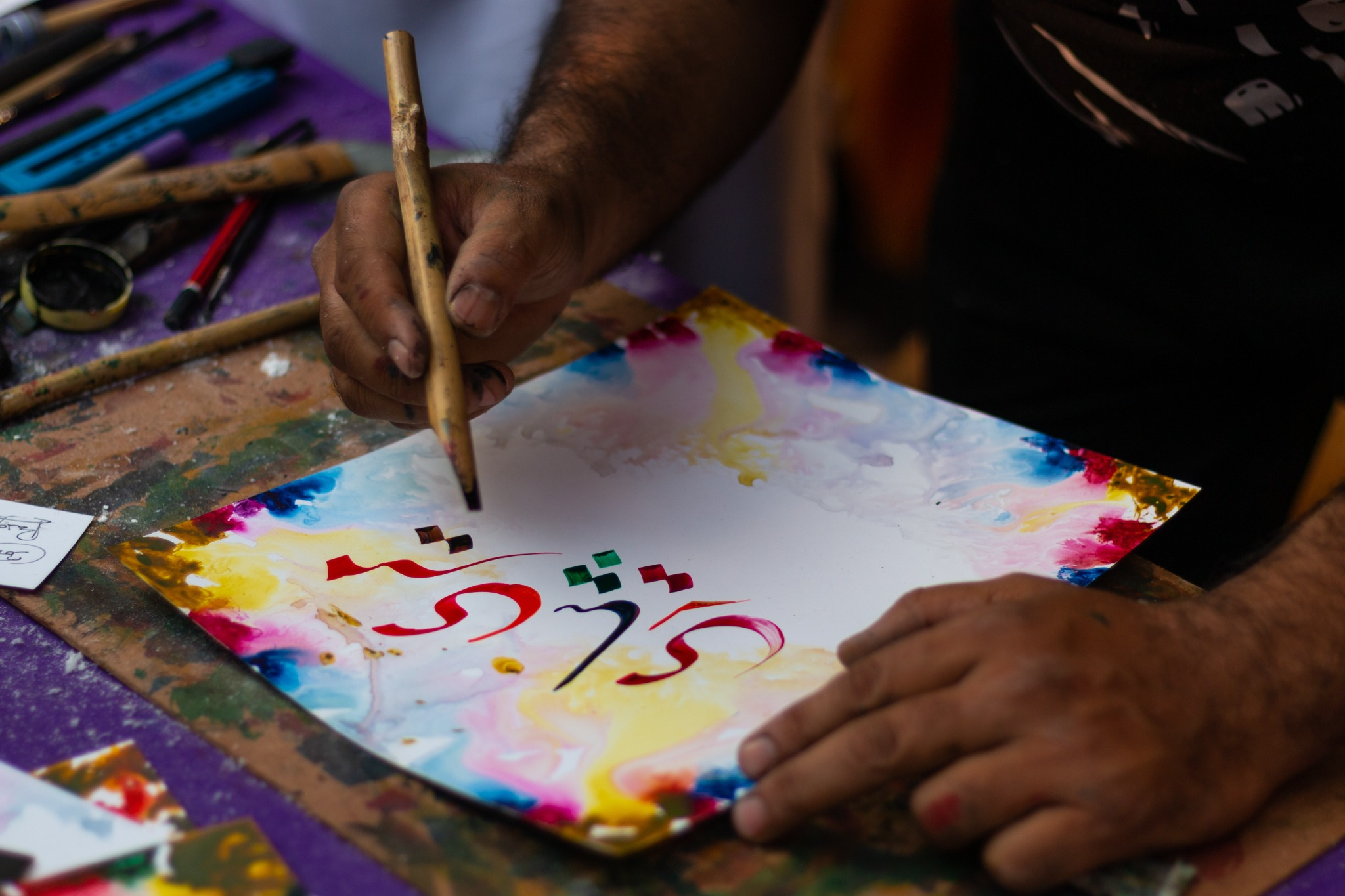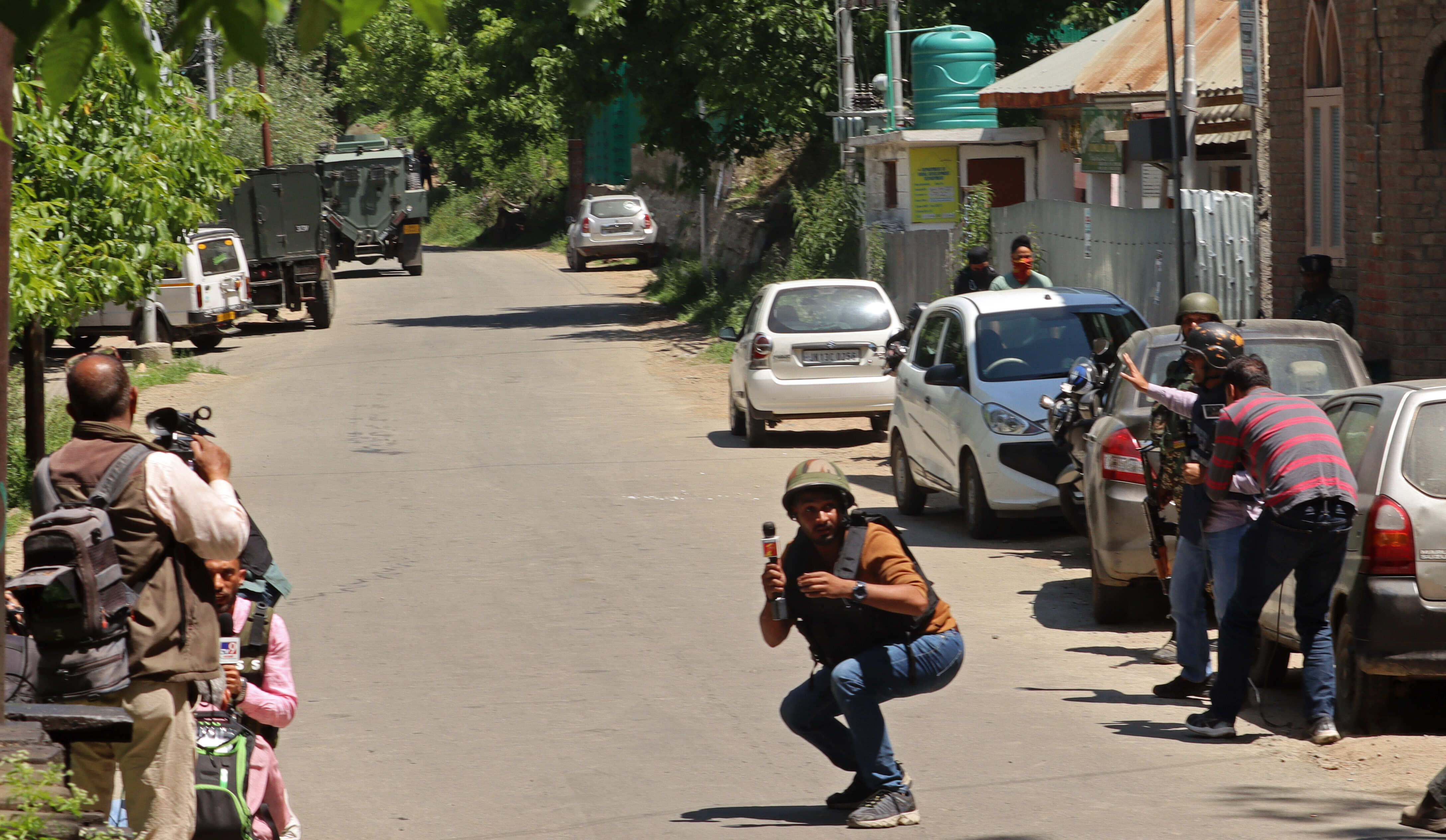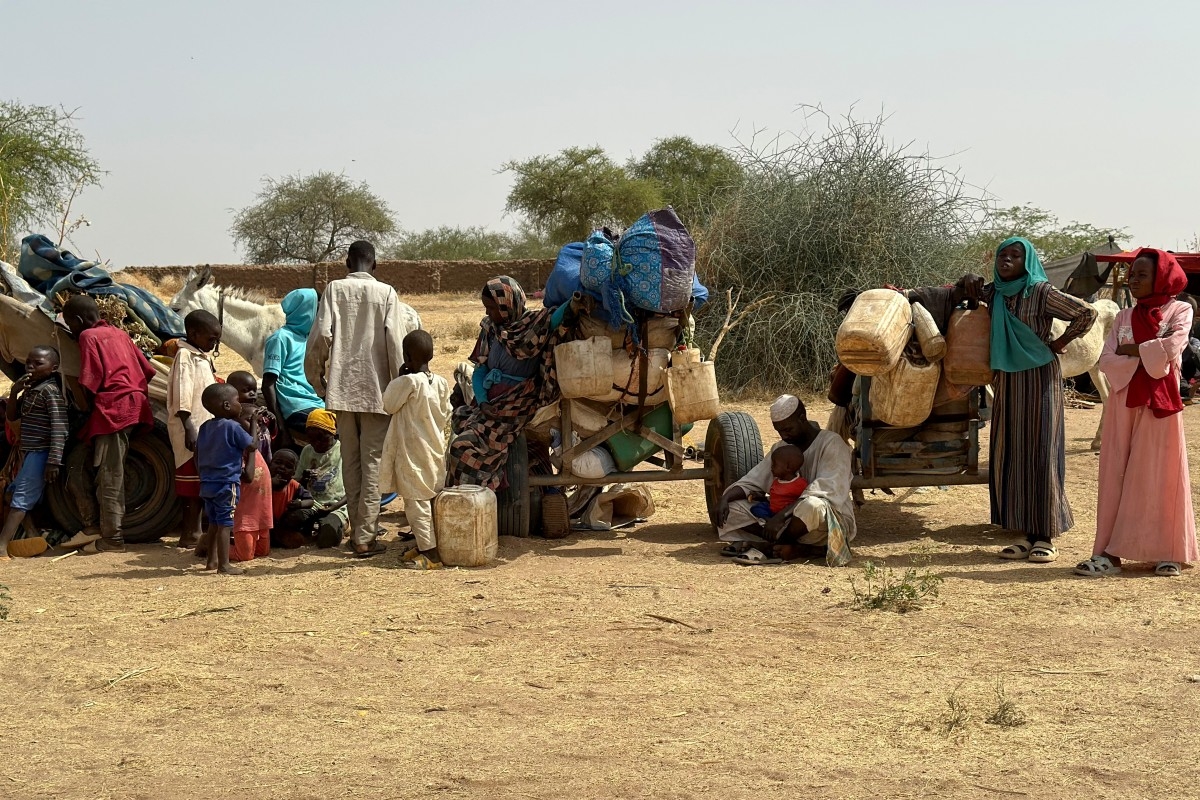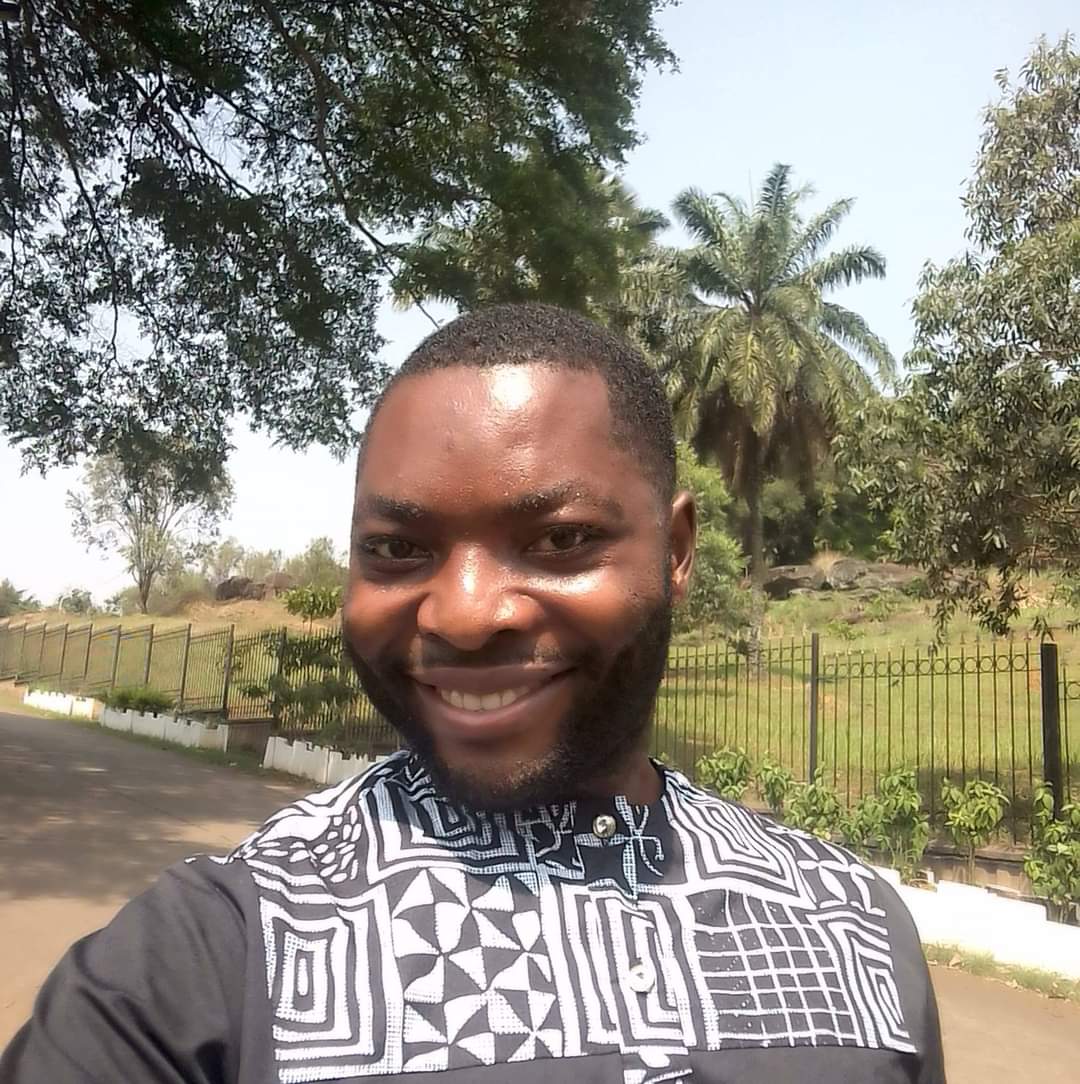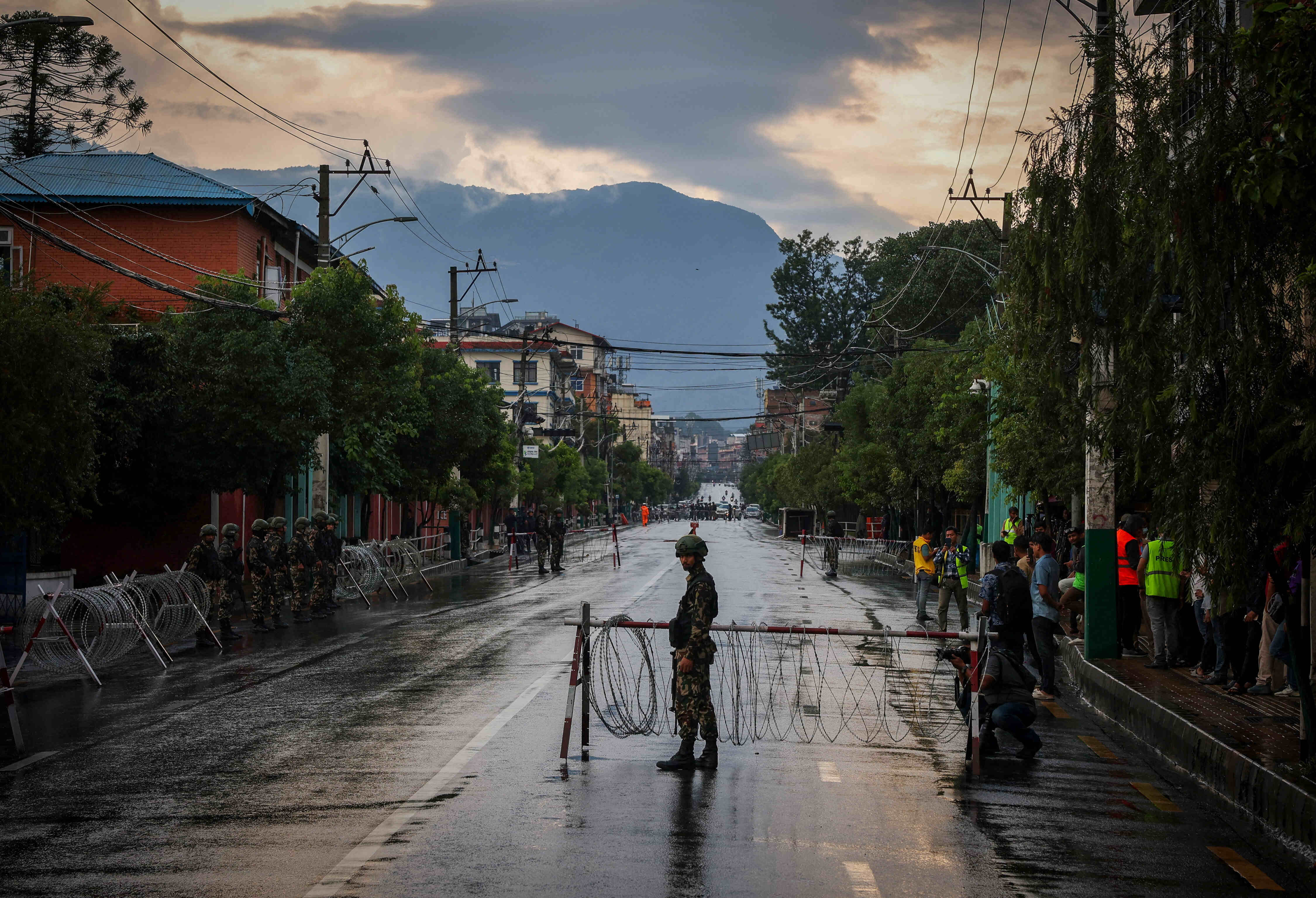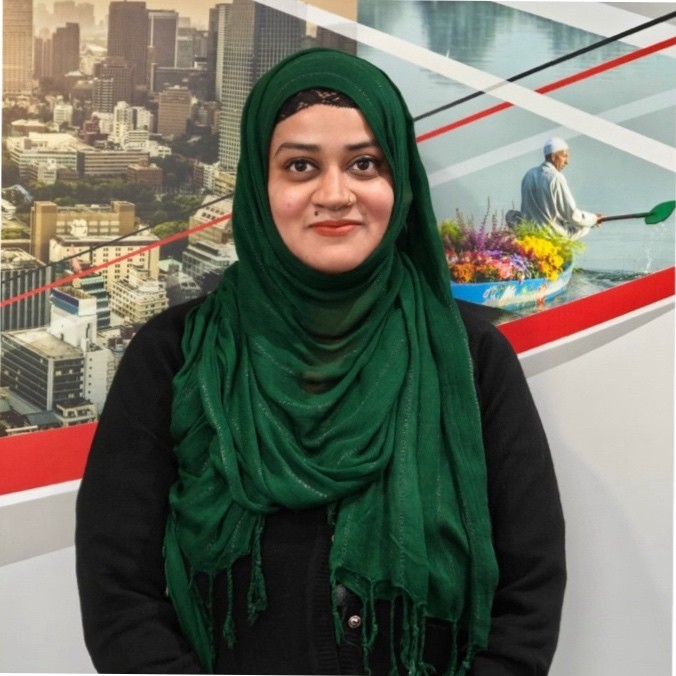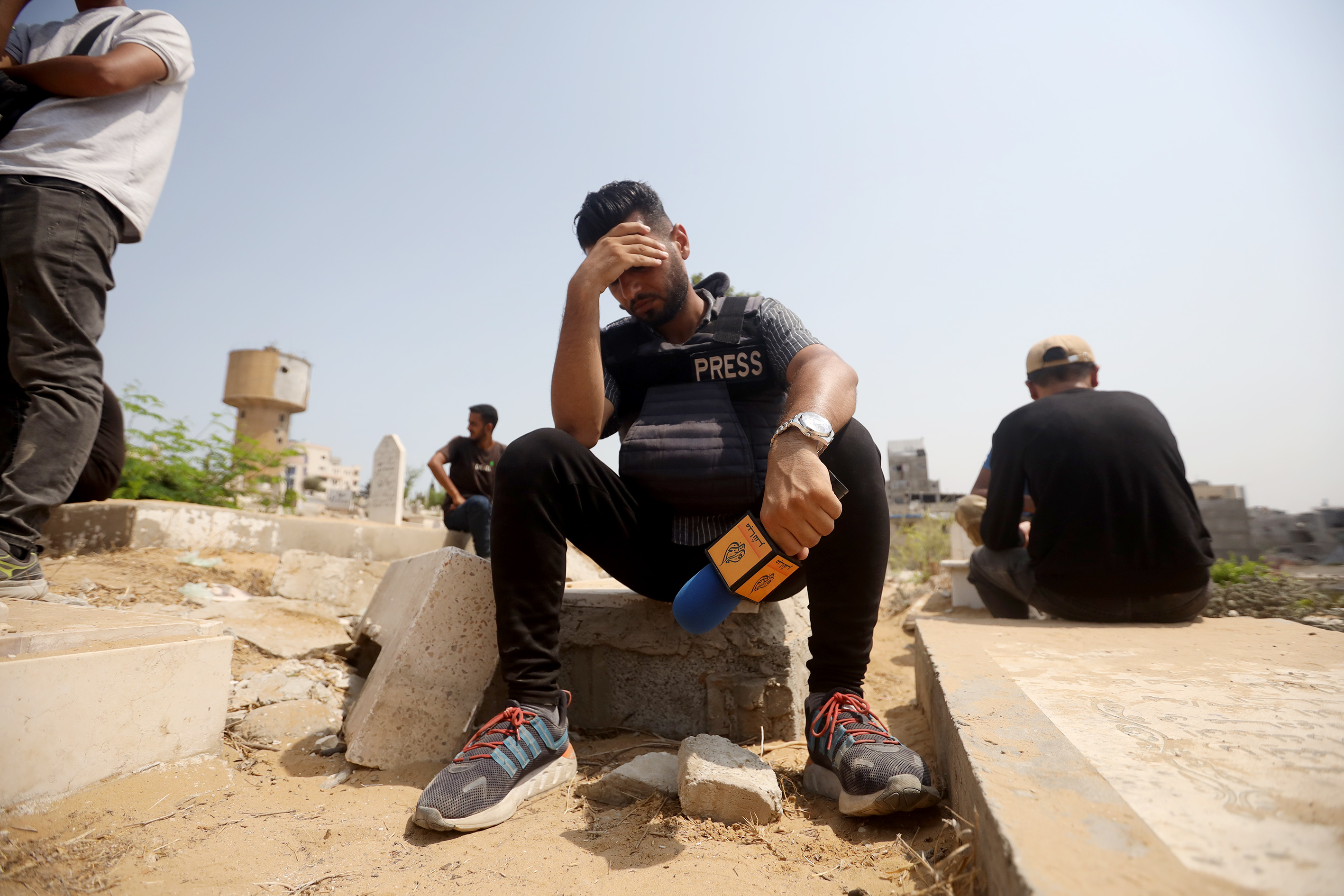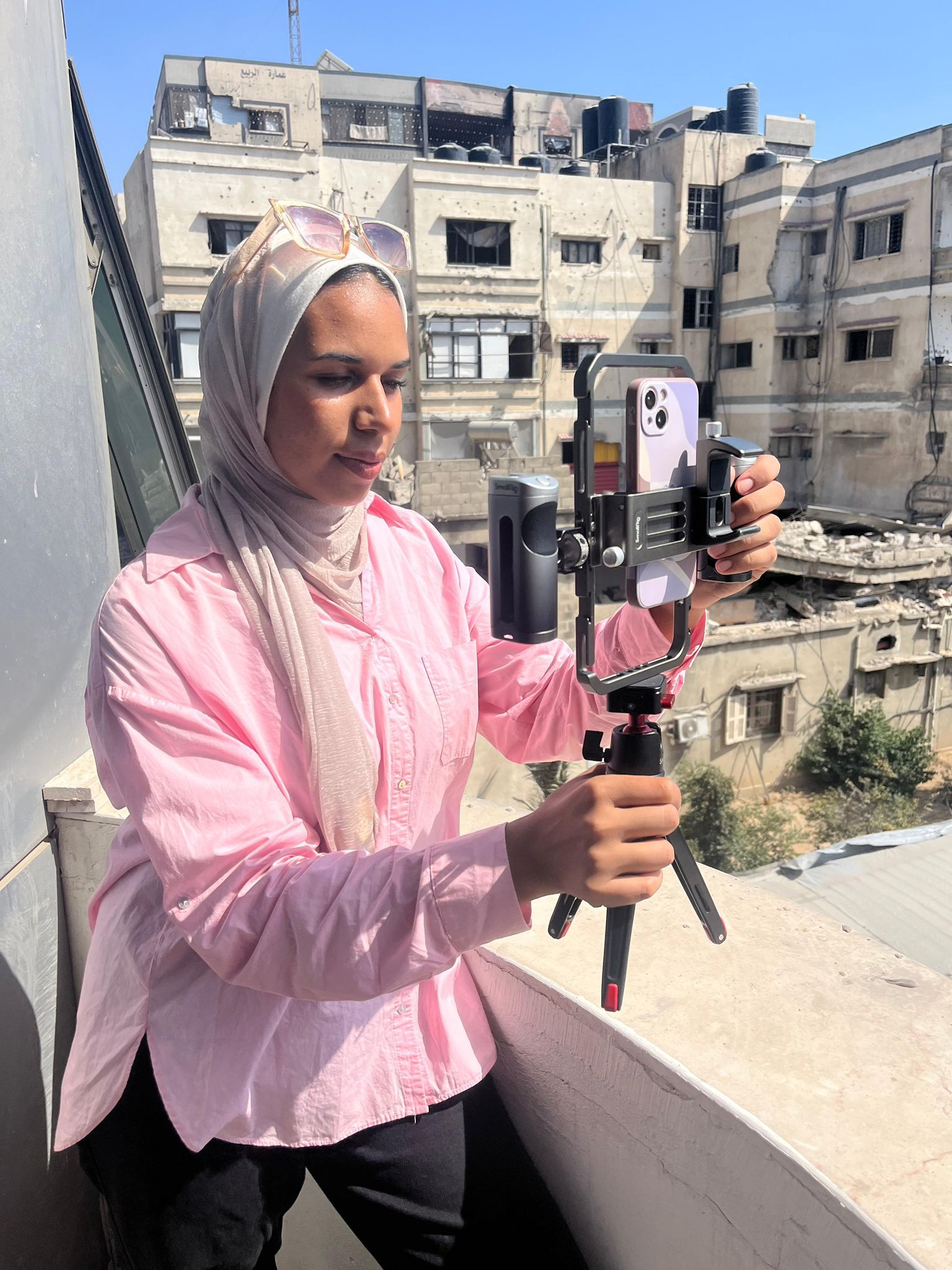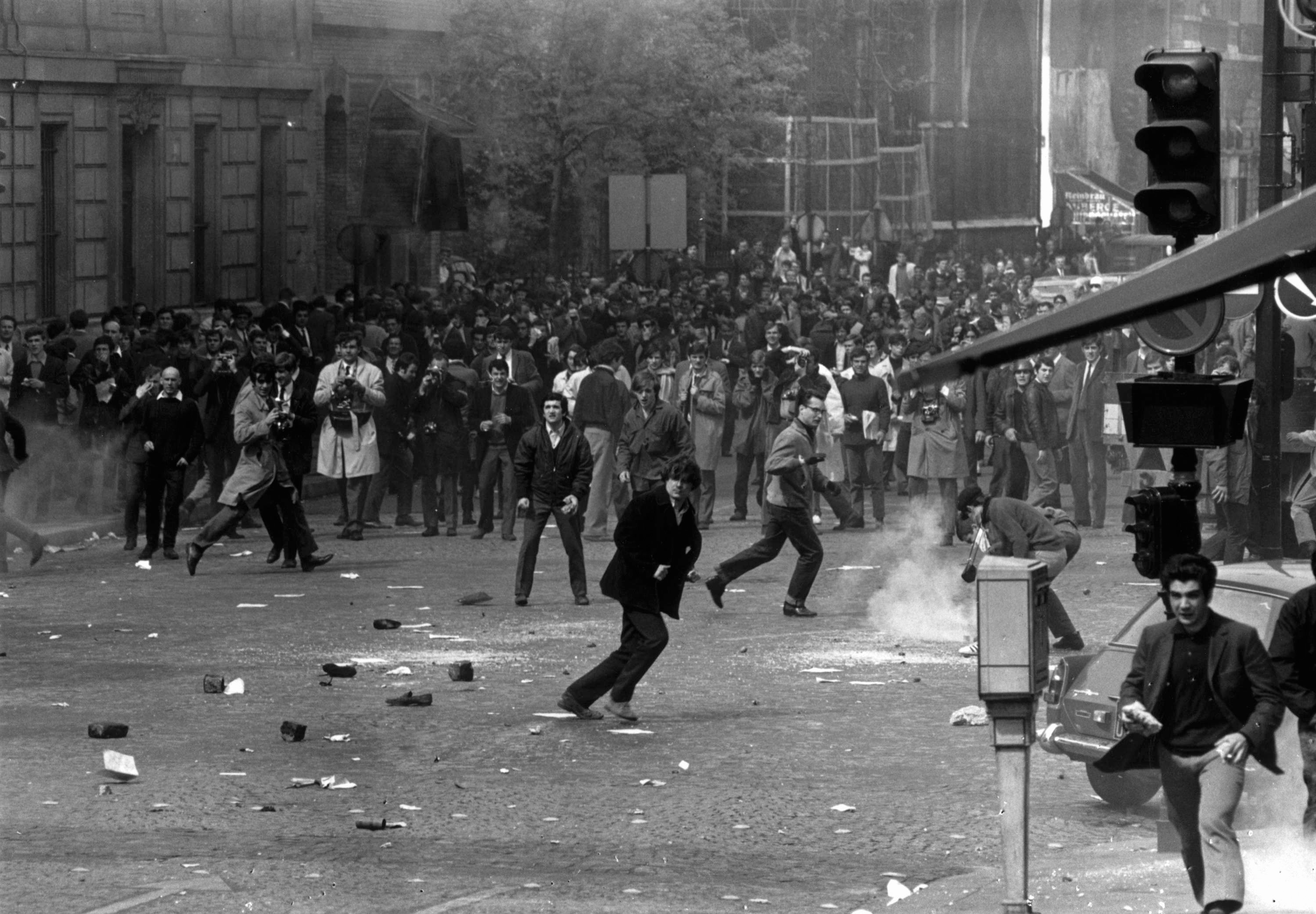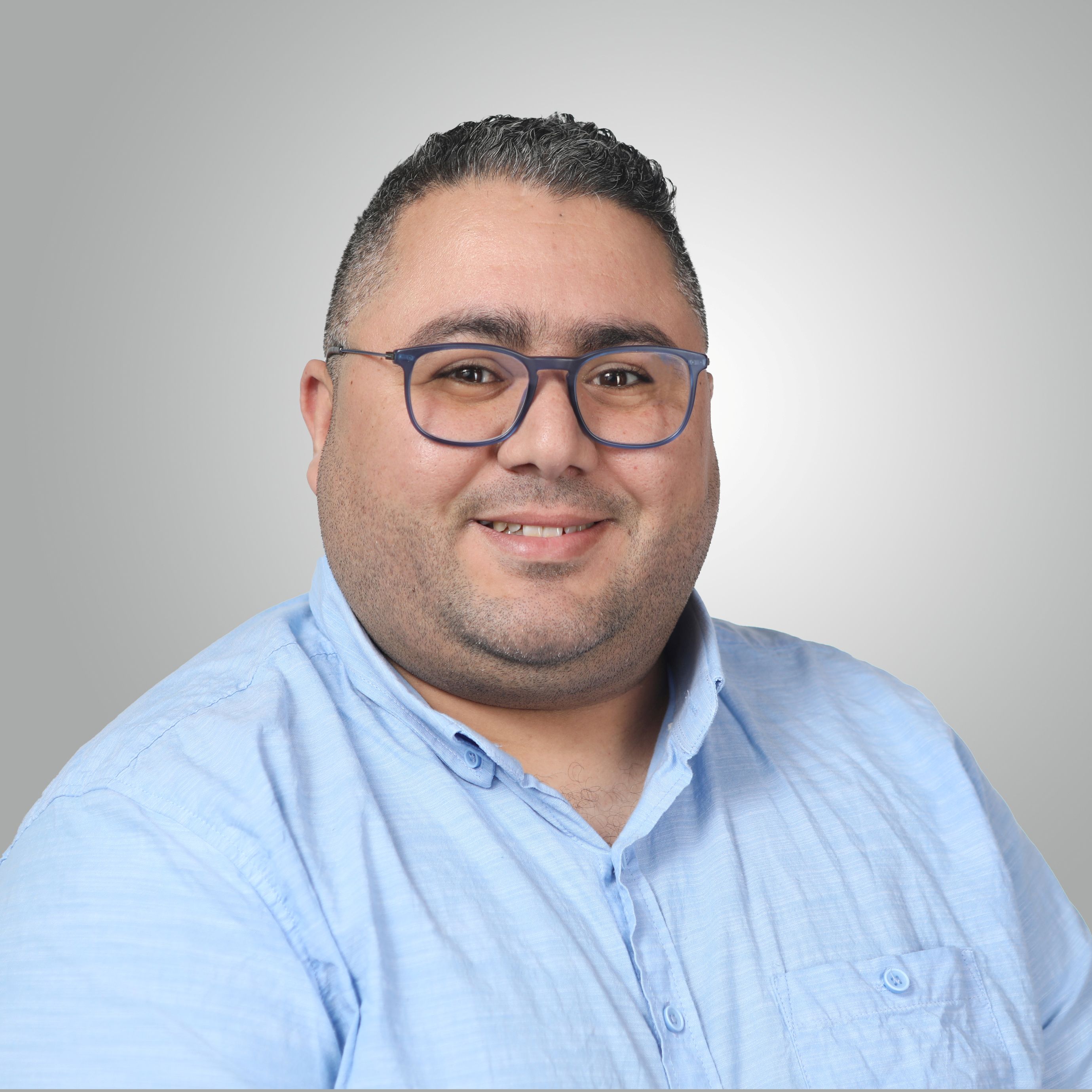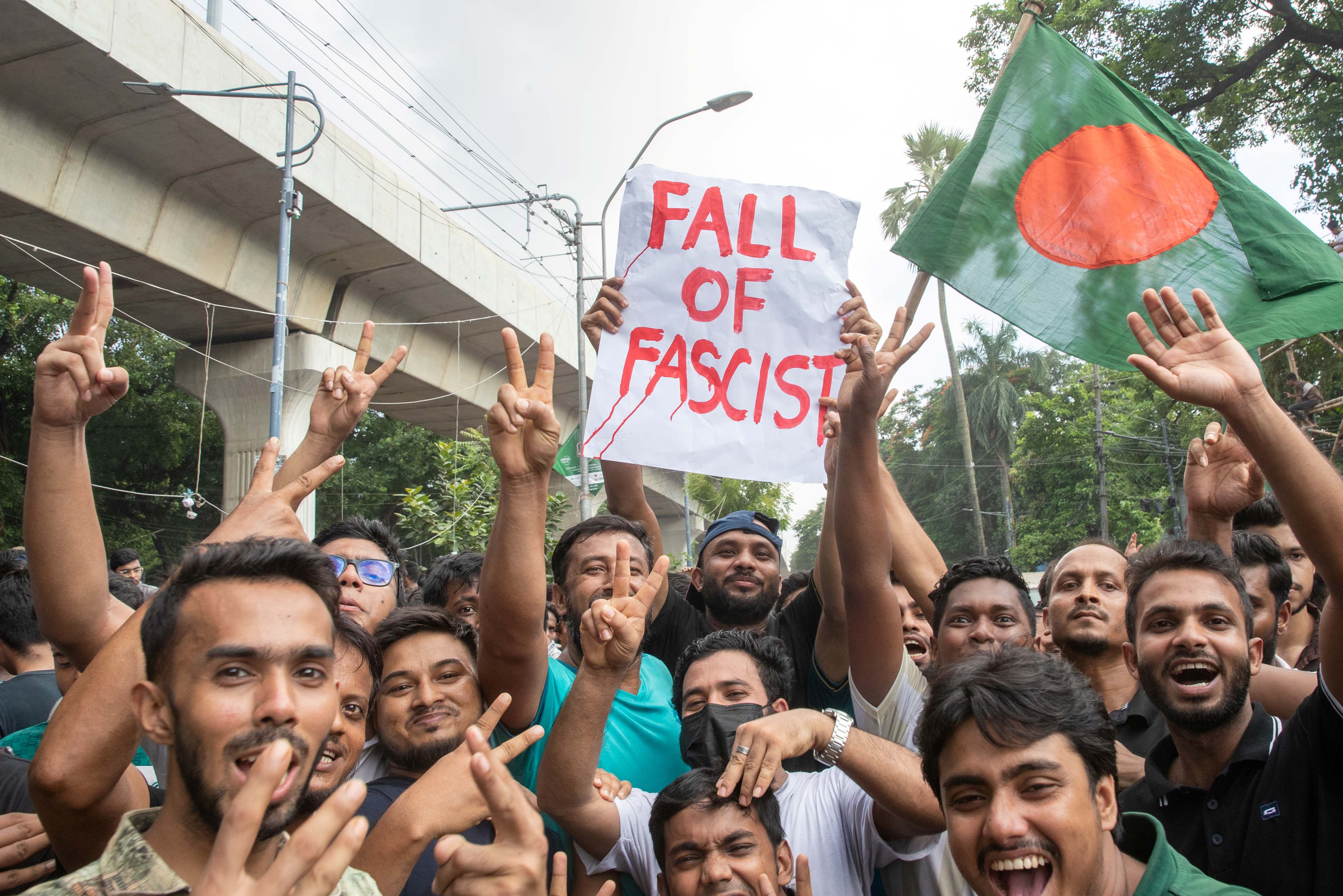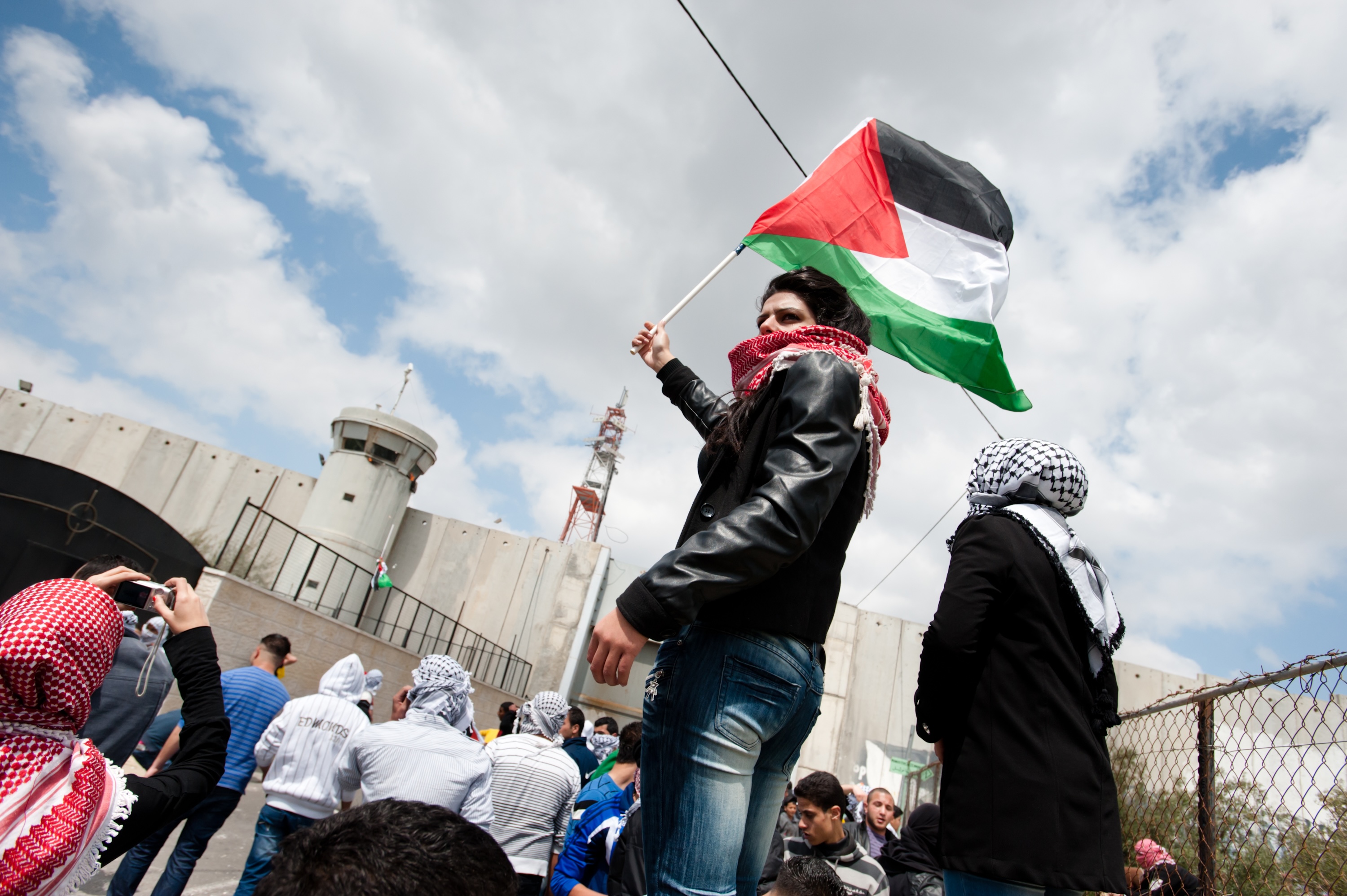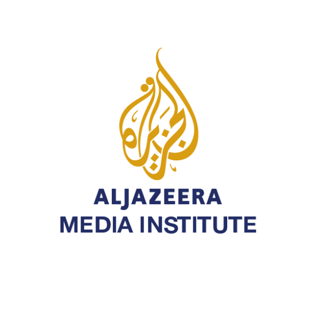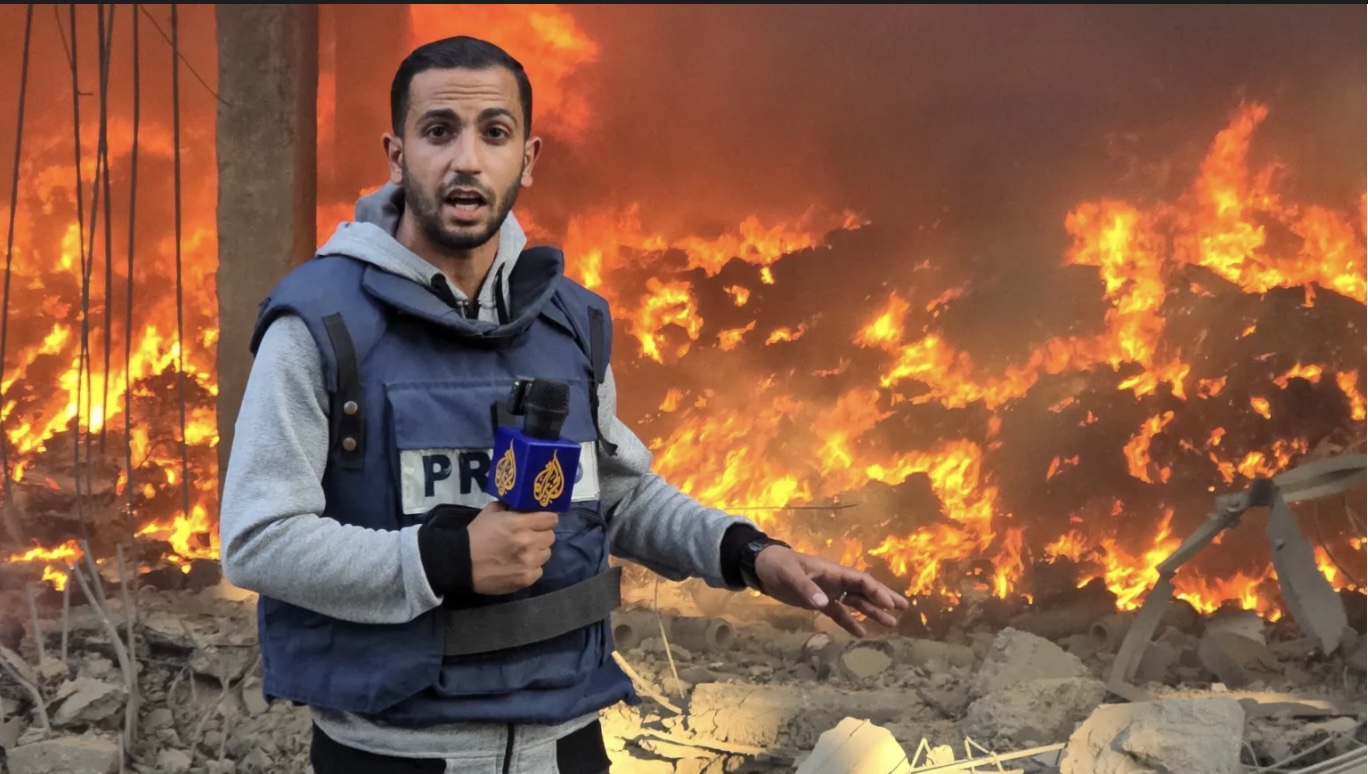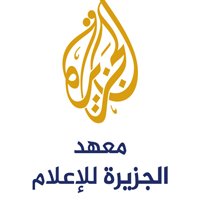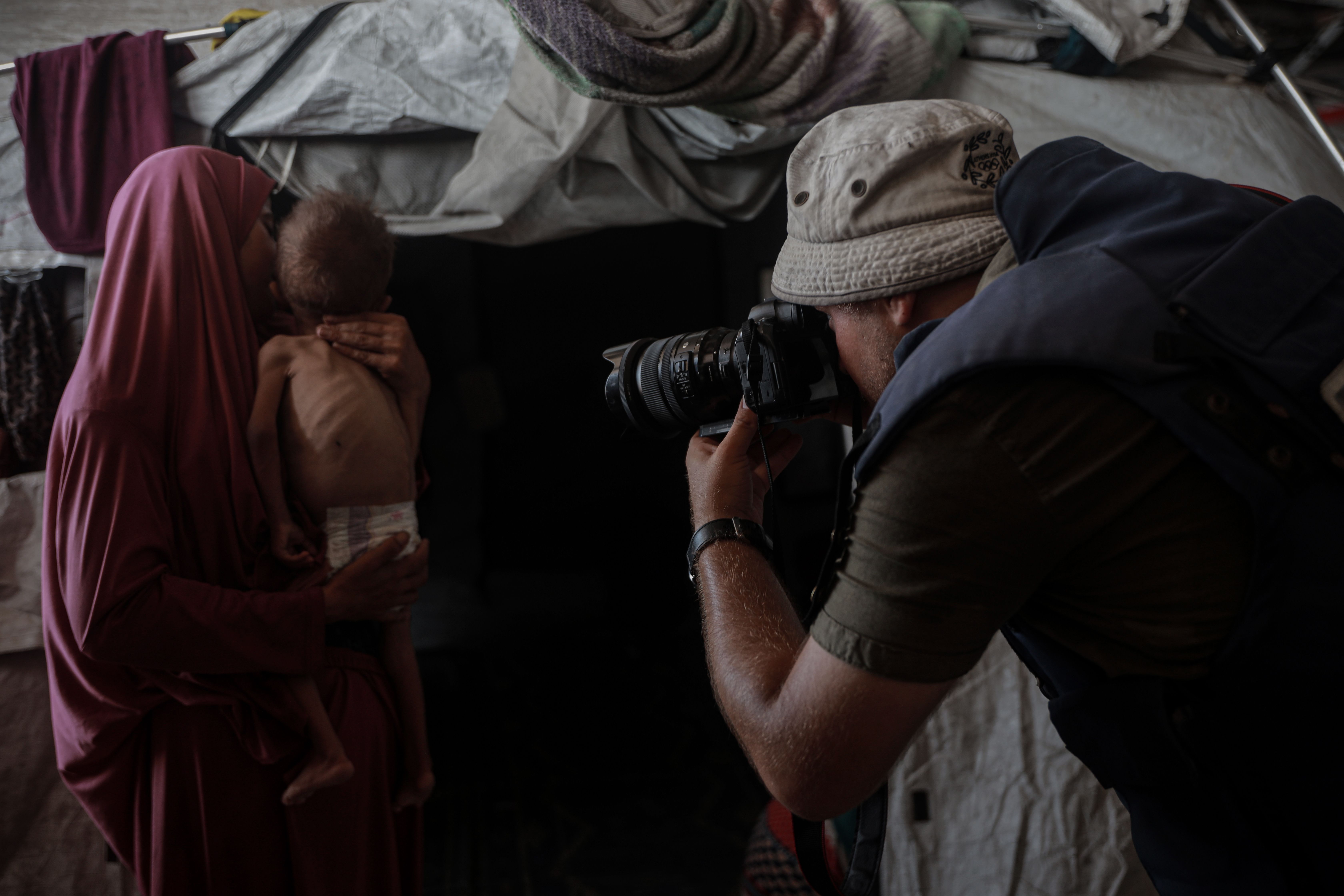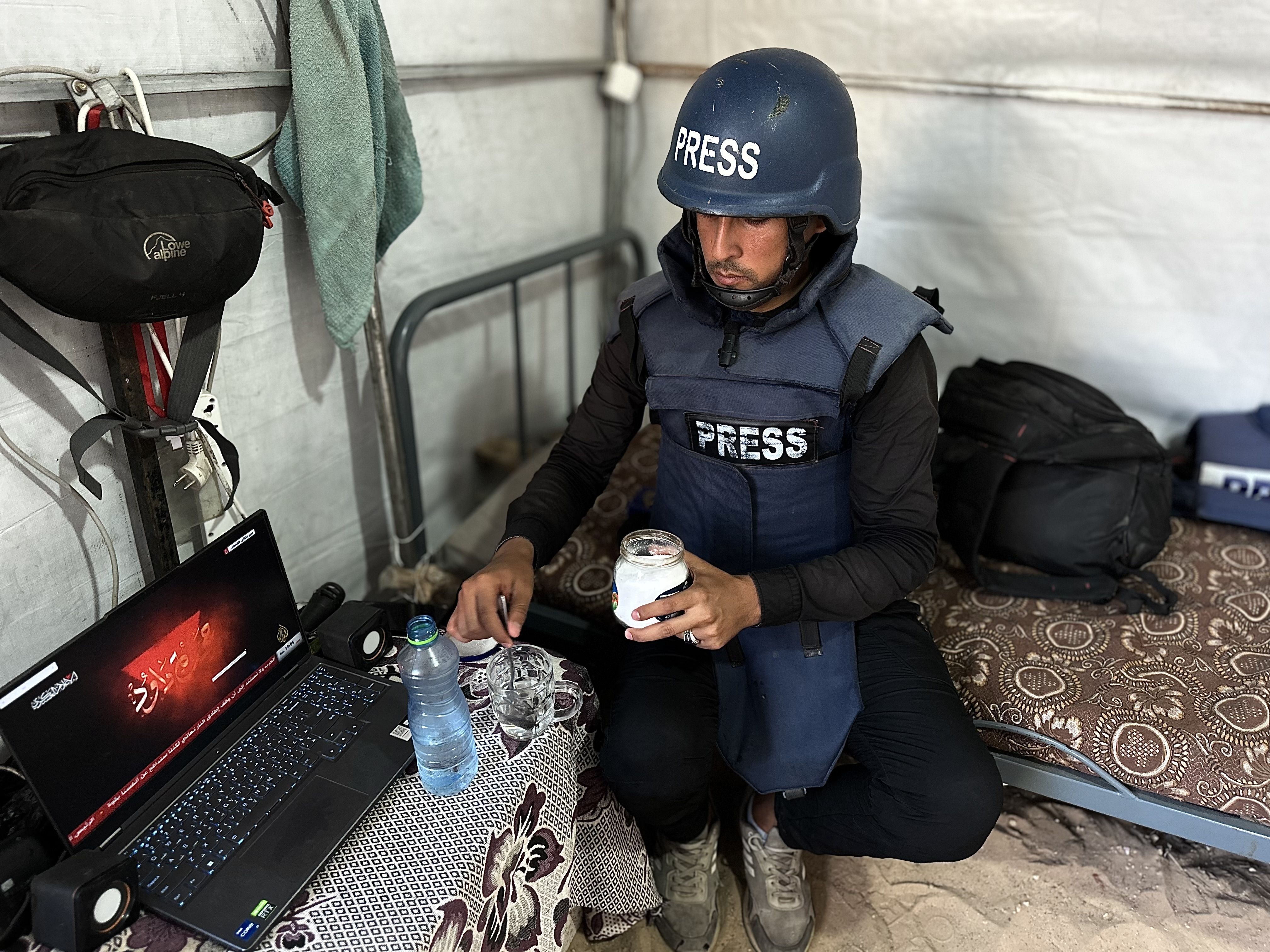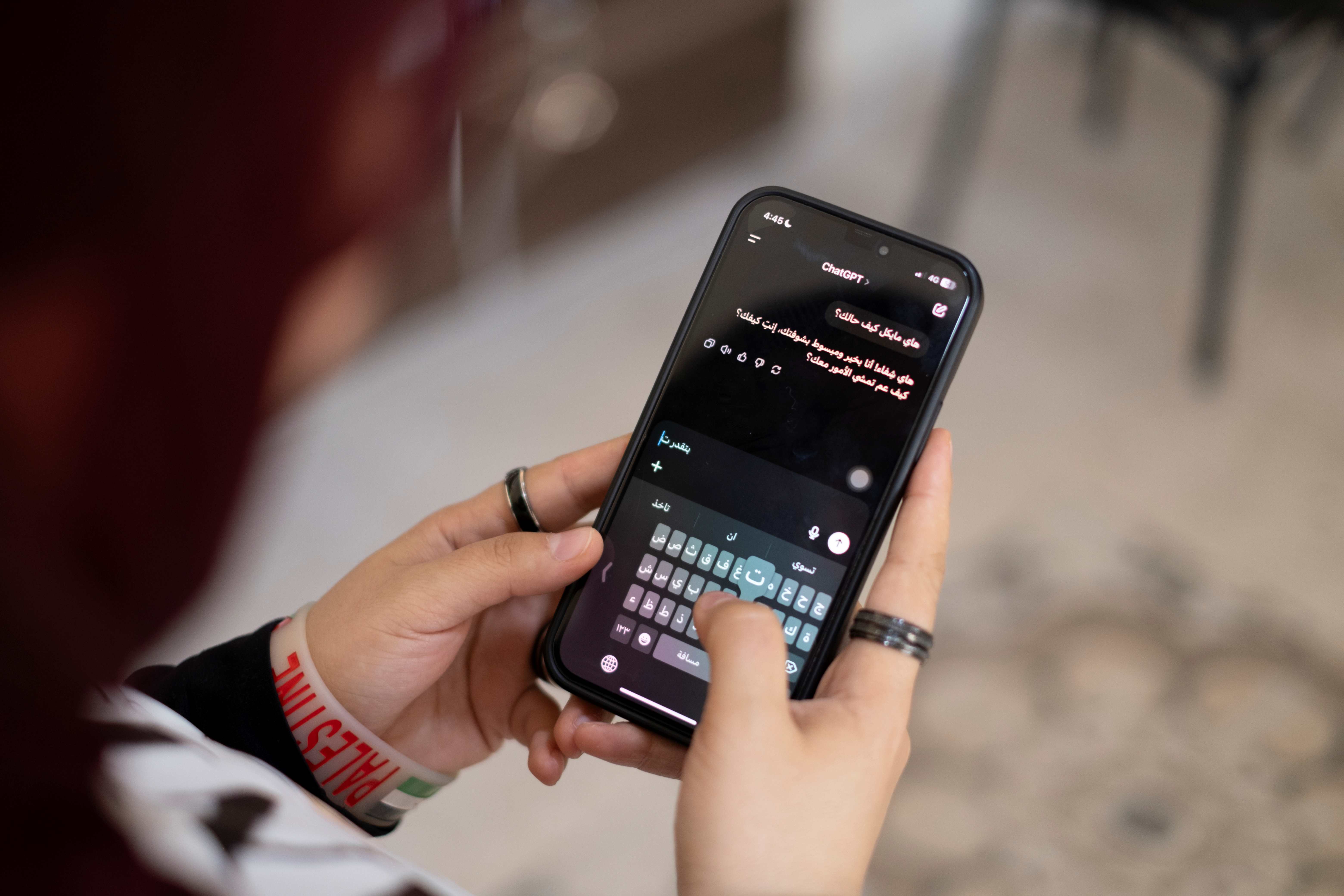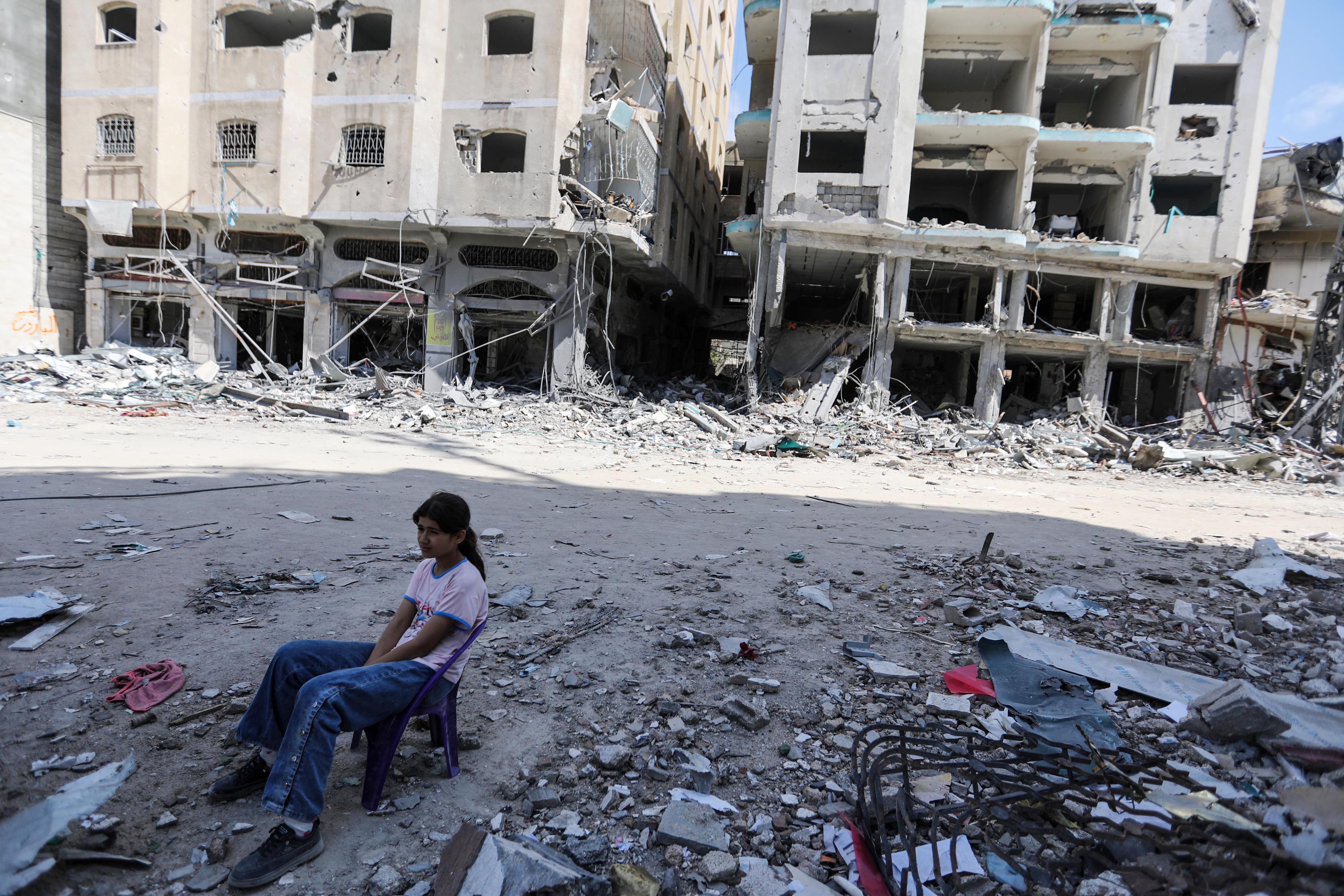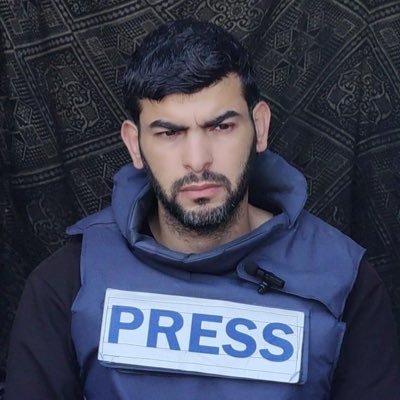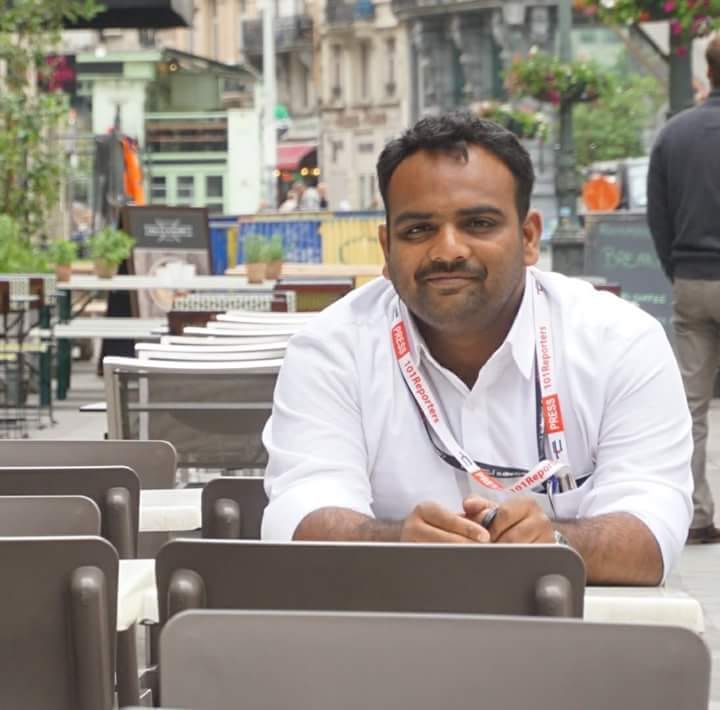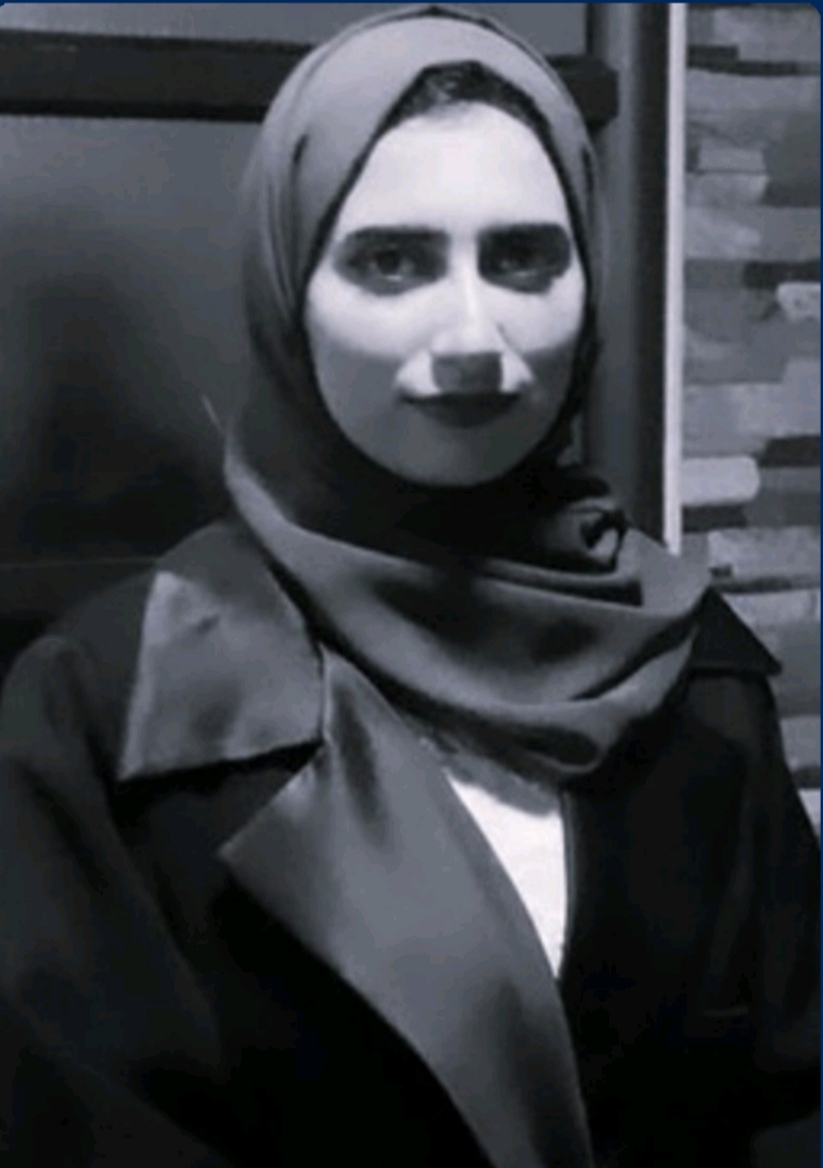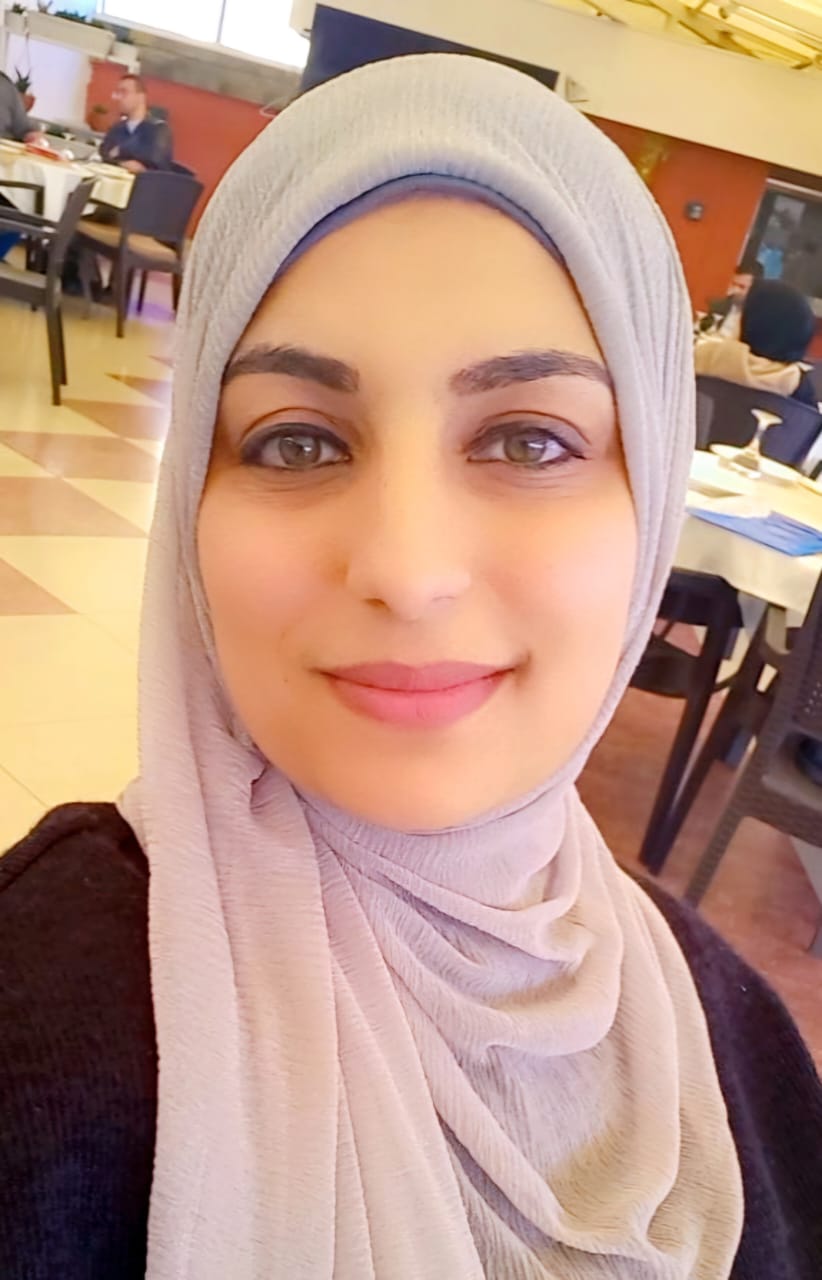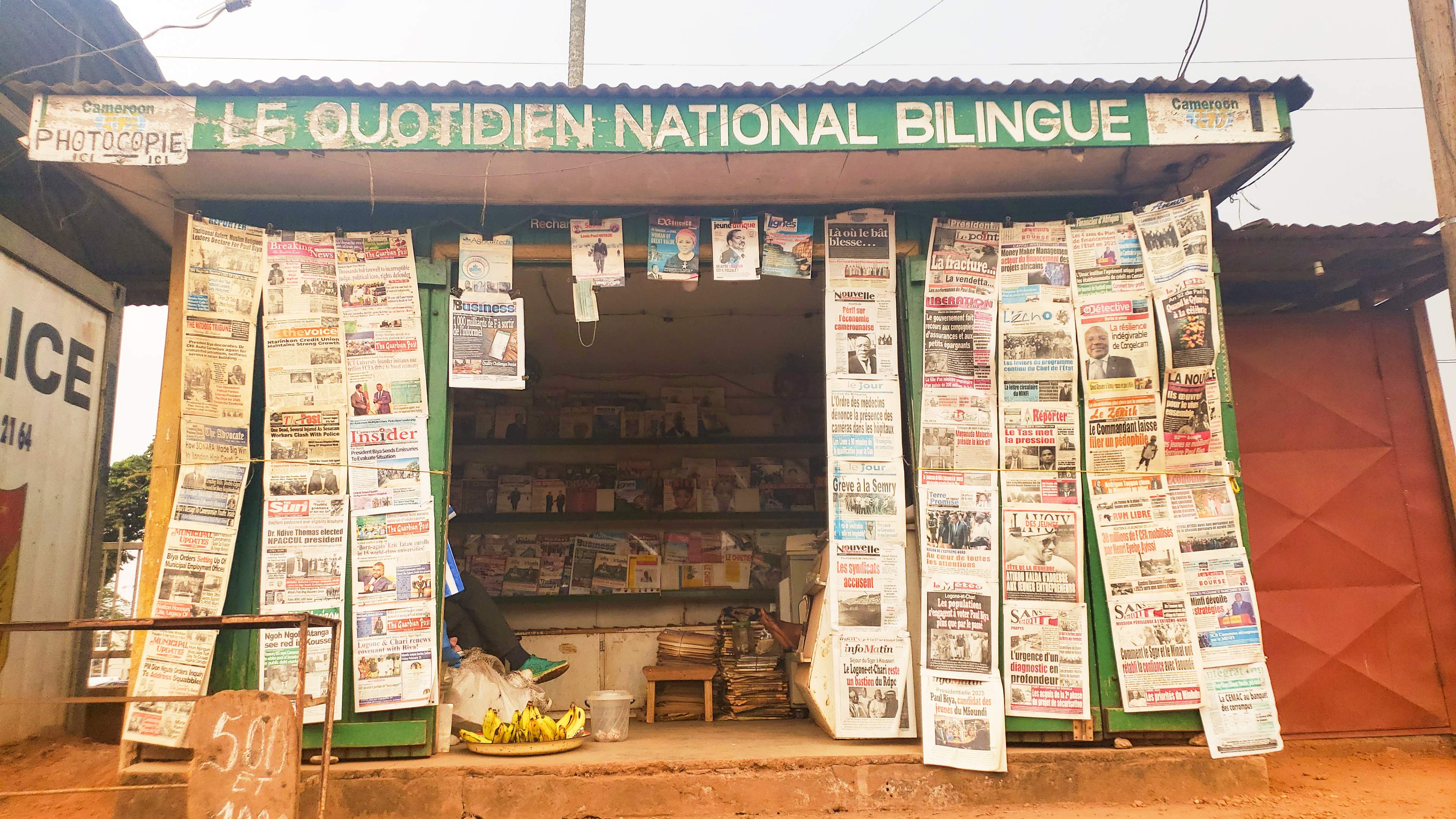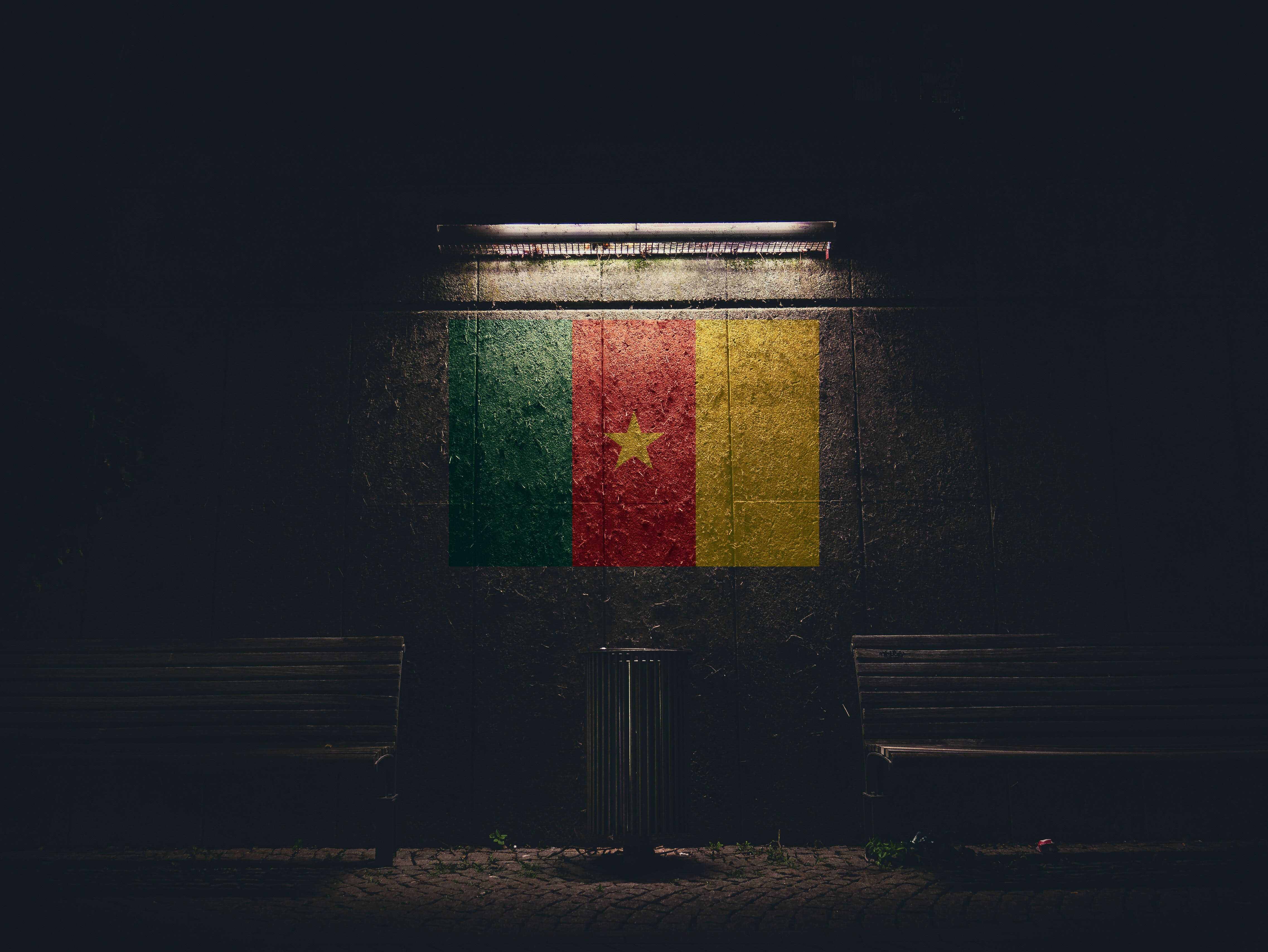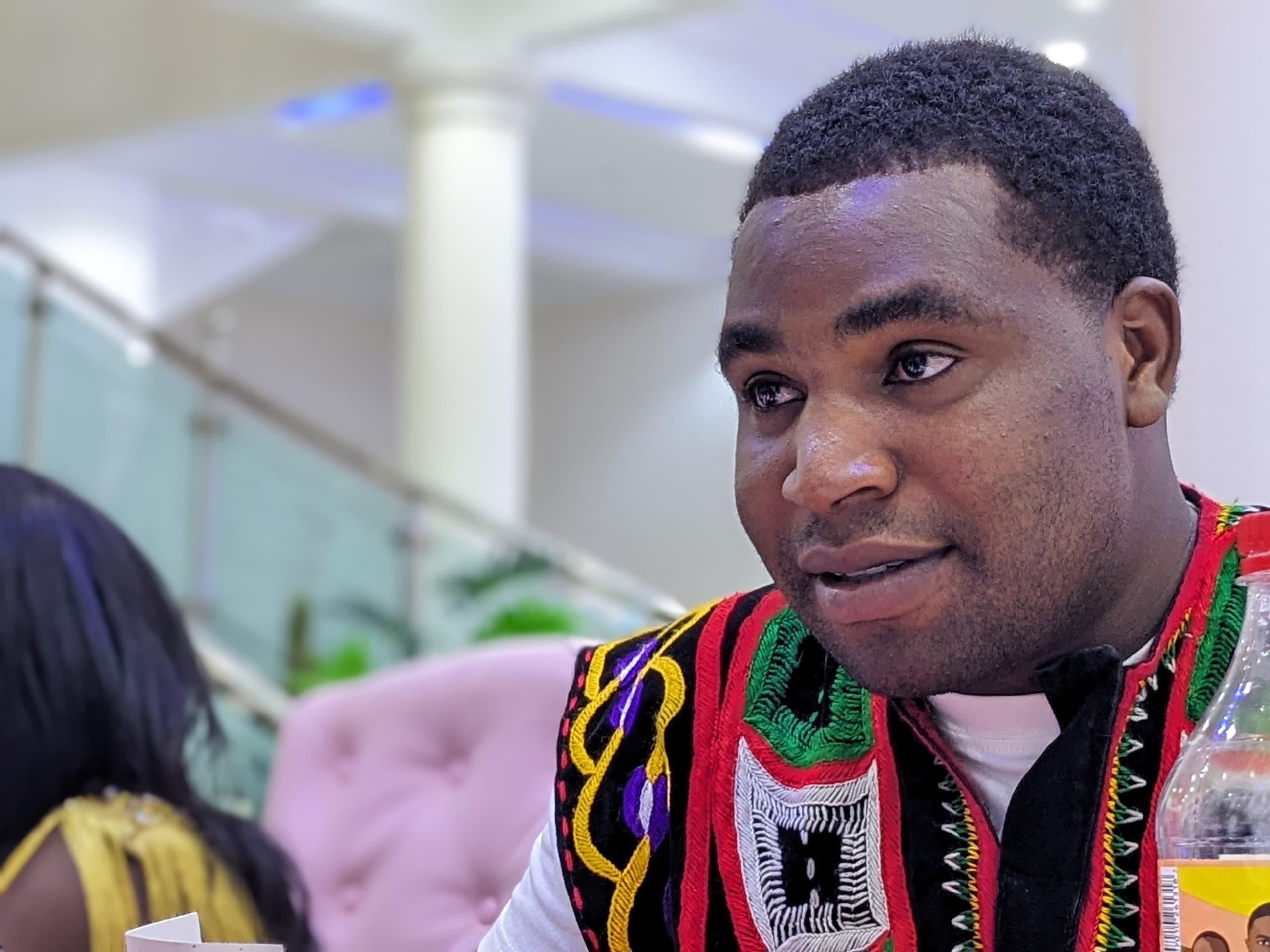"لم تكن عيونهم تلمع، وكانت تخلو من الحياة".. بتلك الملاحظة كان المصورون الصحفيون التشيليون يتعرفون إلى المدسوسين بينهم من قبل حكومة أوغستو بينوشيه الدكتاتورية (1973-1990). بتلك العبارة وصفهم المصور الصحفي كلاوديو بيريس.. "لم يكونوا يحسنون الإمساك بالكاميرا، وكانوا يحومون حول الناس ولا يحتكّون بهم".. بيريس بتعريفه للمدسوسين إنما كان يقول إن المصور الحقيقي هو ذلك الذي ترى بريقا في عينيه، وتراه منخرطا بين الناس لا حائما حولهم.
وبيريس هو أحد المصورين الصحفيين الذين ظهروا في الفيلم الوثائقي التشيلي "مدينة المصورين" من إخراج سباستيان مورينو، الذي رصد الحياة العملية لمجموعة من المصورين الصحفيين الذين أسسوا جمعية خاصة بهم في تلك الفترة عرفت باسم "مؤسسة المصورين المستقلين" (AFP).
الصور كطلقات
يبدأ الفيلم (إنتاج 2006) الحاصل على عدة جوائز وتكريمات دولية، بصوت تجهيز الكاميرا لالتقاط صورة.. إنه صوت شديد القرب من صوت تجهيز مسدس لإطلاق رصاصة.. المصور الصحفي أوسكار نافارو يؤكد ذلك بقوله إنه استخدم الكاميرا كسلاح، بينما يروي زميله لويس نافارو الذي أوقفته السلطات التشيلية حينما التقط صورة لبينوشيه عند مدخل قصر "لا مونيذا"، كيف أخبره رجال المخابرات التشيلية بوضوح أن ما صنعه بكاميرته يفوق ما تفعله الأسلحة، وهدّدوه بالقول إنهم لو لفقوا له تهمة قتل السيدة العذراء فسيصدقهم الناس.
في تلك الأجواء الاستبدادية والباعثة للفزع، كان المصورون الصحفيون في تشيلي يعملون في توثيق انتهاكات الحكومة التشيلية، وفي وقت لم يكن مسموحا به للتشيليين الاطلاع على ما يجري من قمع في بلادهم، لذا فقد كانت تلك الصور تطير إلى وسائل الإعلام الأجنبية وتغيب تماما عن الرسمية.
ذلك ما أكده المخرج مورينو في حديثه لمجلة "الصحافة"، حيث شرح كيف كان والده خوسيه مورينو يمتنع عن التحدث أمامه عن عمله بالتصوير وعن مشاهداته، بل حتى إن إقناعه بالظهور في الفيلم كان أمرا صعبا للغاية، رغم أن مورينو الأب هو أحد المصورين المنتمين لمؤسسة المصورين المستقلين، وكان قد وثَّق كثيرا لتلك الأحداث، لكن الخوف الذي كان يعشش في قلوب الناس وحرصهم على إبعاد عائلاتهم عن الخطر، إضافة إلى الاتفاق بين حكومة بينوشيه والحكومة الديمقراطية بعدم المساس ببينوشيه أو برجاله بعد ترك الحكم، جعل فترة من الصمت تمتد إلى الجيل الشاب الجديد الذي بدأ النبش في تاريخ بلاده لاحقا، معتمدا في جزء كبير على الصور.

الصور تؤرشف للذاكرة
أراد مورينو بفيلمه أن يسترجع الأحداث في ذاكرة المصورين والضحايا والجيل الذي رأى في تلك الصور المؤرشفة ذاكرة مغيَّبة.
وبحسب مورينو فإن الفيلم من الأفلام القليلة التي كرّمت هؤلاء المصورين وعرضت تجربتهم، حيث كان لدى هؤلاء المصورين التزام سياسي وإصرار على العمل للتخلص من الدكتاتورية، لكن حينما تغير نظام الحكم وانتقل إلى النظام الديمقراطي، لم يُسلط الضوء -بما يكفي- على أعمالهم، رغم مساهمتها في الكشف عن ممارسات النظام السابق الذي كان جزءا من الشعب التشيلي يجهله.
الصور المؤرشفة في مختبر الصور بجامعة تشيلي قادت المخرج إلى تتبع ماضي المدينة التي صورها والده الذي يعمل في ذلك المختبر.. التقى مورينو أصدقاء والده من المصورين الذين كانوا أكثر انفتاحا في التعبير.. وهم يحملون الصور، كانوا يتوجهون إلى الأماكن التي صوَّروها منذ ما يزيد عن العشرين عاما ويقابلون الضحايا أنفسهم.
الصور.. حكايات الضحايا
من ضمن الضحايا، آنا غونسالس وهي مسنّة فقدت أربعة من أبنائها، لكن الصور بقيت الحبل الوحيد الذي يربطها بهم، بل ويربطها بذلك التاريخ. مورينو يقول إنها معتادة على استقبال الصحفيين، وإن حديثها لأي وسيلة إعلامية يمرُّ عبر الصور.
كانت صور الضحايا الشخصية تُعرض عند الحديث عن تاريخ الحكم الدكتاتوري في تشيلي لتُحفظ من النسيان، وكانت ترمز إلى حق الضحية في الاقتصاص من المجرم، لذا فقد بدا أهالي الضحايا في غاية التجاوب مع فريق العمل.. مورينو أخبرنا أنهم يتجاوبون مع كل وسائل الإعلام، عارضين الصور في الحديث عن قتلاهم ومفقوديهم. بيد أن مورينو سلط الضوء أكثر في عمله على جانب آخر يتجاوز الصور الشخصية للصور المستقاة من حياتهم اليومية، كحضورهم مع عائلاتهم أو نزهة على الشاطئ أو مع أصدقائهم.
يُبيِّن المصورون في الفيلم أيضا كيف كانت الصور تكشفُ أمورا لم تكن واضحة لحظة التقاطها، مثل وجود طعنات في أجساد الضحايا، أو اكتشاف مجهولين وأبطال للصورة، أو ظهور عنصر ما لم يكن متوقعا، كذلك القزم الذي ظهر في صورة التقطها كلاوديو بيريس.. كان القزم يسير أمام رجال الجيش، وبحسب بيريس فقد بدا أن القزم يرمز إلى البلاد والشعب، فالطاغية يرى حجمهما صغيرا قياسا إلى شخصه.
هذا بالإضافة إلى صور أخرى كانت شخصية جدا، كصورة جنازة المعلّم المدرسي خوسيه مانويل باراذا الذي اغتاله رجال بينوشيه مع اثنين من زملائه، حيث اكتشف المصور خورخي لانيزويزكي عند تغطيته للجنازة أن الضحية هو صديقه.. يقول في الفيلم "لم يكن بإمكاني إلا أن أكون مصوّرًا عندها، وكنت أبحث عن أشد تعابير الوجوه تأثيرا لأنقل واقع الألم".
يتحدث المصورون في الفيلم كيف قرروا الخروج في مجموعات للتصوير، وكيف كان وجودهم في المظاهرات يمنح المتظاهرين إحساسا أكثر بالأمان، وكيف درّبوا أنفسهم على ردّات الفعل السريعة عند أي هجوم من رجال الدولة عليهم، دون التوقف في الوقت ذاته عن التقاط الصور وتوثيق الانتهاكات.
كوادر فارغة من الصور
إنها كذلك.. يتحدث المصوّرون في الفيلم عن الكوادر الفارغة التي وُضعت وسط المقالات في مجلات تشيلية معارضة في تلك الحقبة.. كانت الرقابة تمنع نشر الكثير من الصور، وبدلا من أن تكتفي بنشر المقالات دون الصور، عمدت تلك المجلات إلى الاحتفاظ بمكان الصور -التي كان يفترض إرفاقها بالمقالات- موسومة بكلمة "رقابة"، في إشارة إلى المنع الذي طال النشر، ولمنح القارئ مساحة ليسرح بخياله في ما يمكن أن تكون عليه الصور.
الصور تُحييها الموسيقى
رافقت الموسيقى الفيلم كطيف خفيف واتكأت على عزف القيثارة، إضافة إلى المقاطع المستوردة من فيديوهات مؤرشفة ومدمجة مع لقطات جديدة، كأصوات المتظاهرين التي جعلها مورينو خلفية لمشهد سير أحد المصورين في نفس الشوارع التي كانت تحدث بها المظاهرات.
أما أوتار القيثارة والموسيقى التشيلية والأصوات الحقيقية الأخرى المدمجة كأصوات سيارات الإسعاف والطلقات النارية، فقد كانت كفيلة بنقل إحساس المتحدثين عن تلك الفترة المؤلمة، بعيدا جدا عن الموسيقى التشويقية التي يعمد كثيرون إلى استخدامها حينما يتعلق الأمر بكشف أحداث درامية.
الموسيقى إذن، جاءت متوافقة مع سرد القصص من طرف أبطالها، أما الأغنية الأخيرة فيقول مورينو إنها كانت حديثة الصدور حينما أنجز الفيلم، لكنه طلب من مؤلفها استخدامها لأنها كانت تعبر تماما عن الأحداث، والأهم من ذلك أنها محلية.
يُظهر الفيلم أيضا مصير المصورين، فبعضهم استكمل طريقه في التصوير، وأحدهم أصبح سائق سيارة أجرة.. مصورة أخرى قررت ترك تلك المهنة بعدما رأت أحد المتظاهرين وقد انفقأت عينه، والقليل منهم كان يصور الضحايا القتلى فغدا واحدا منهم بيد القاتل نفسه.



